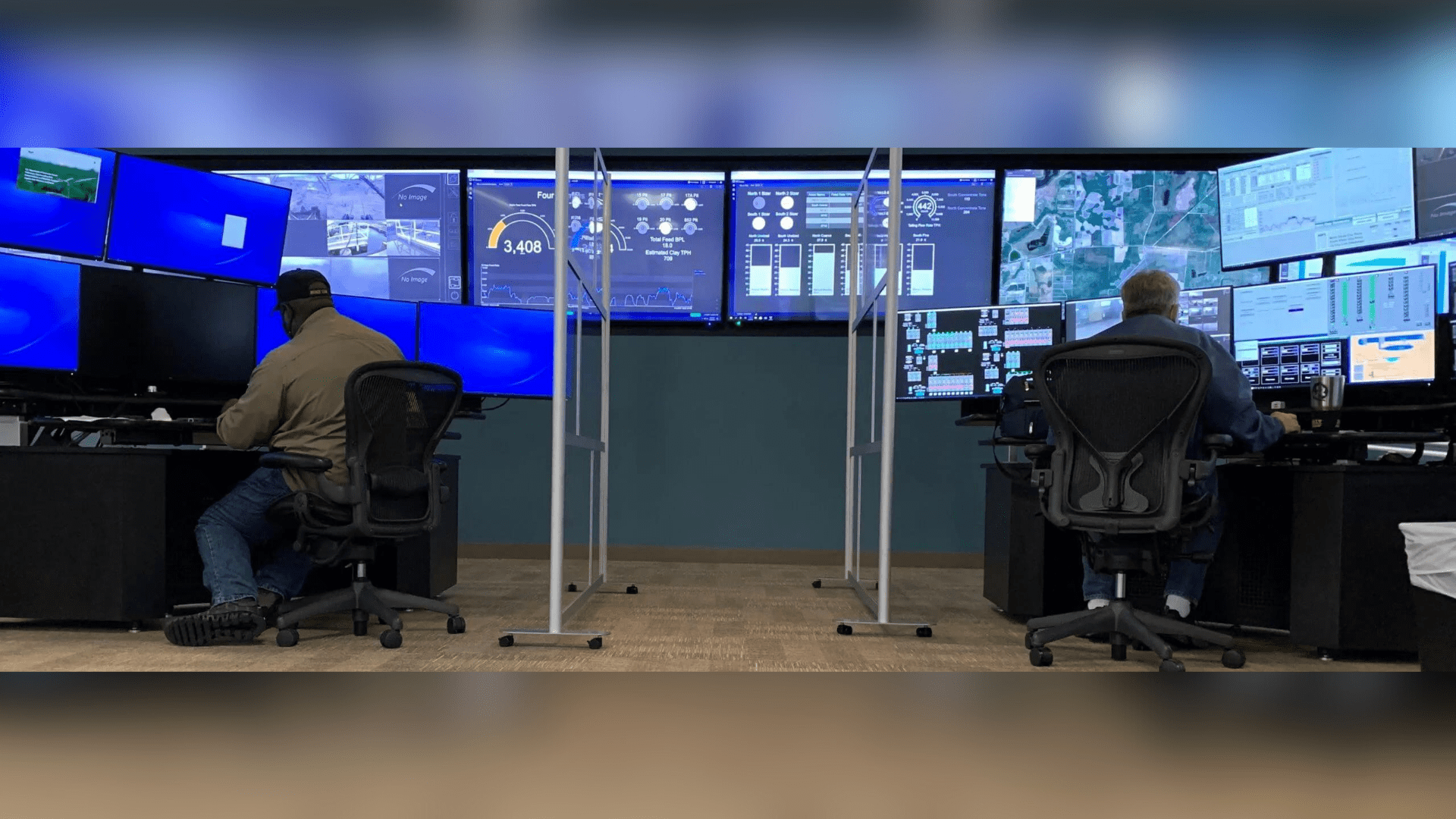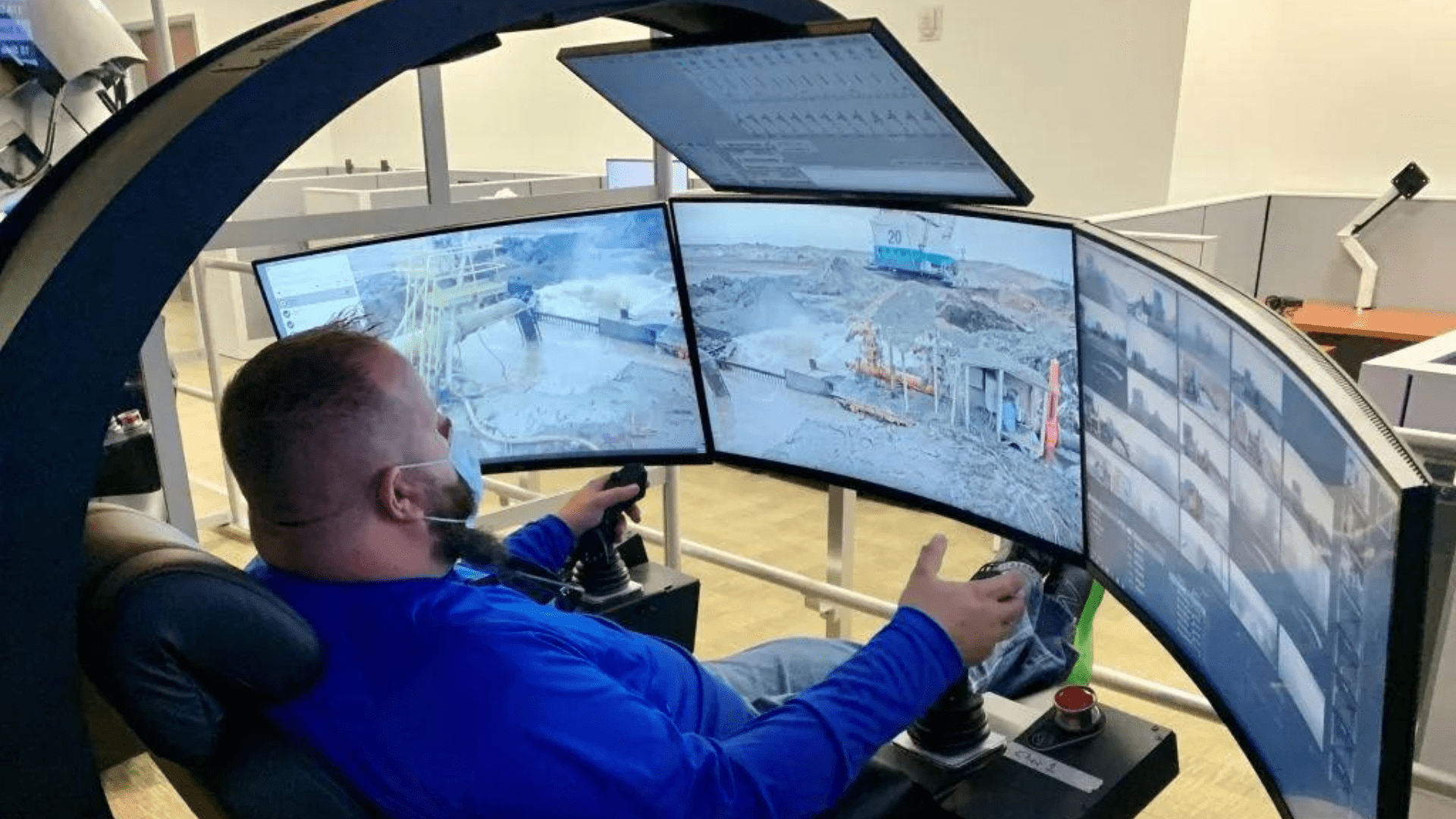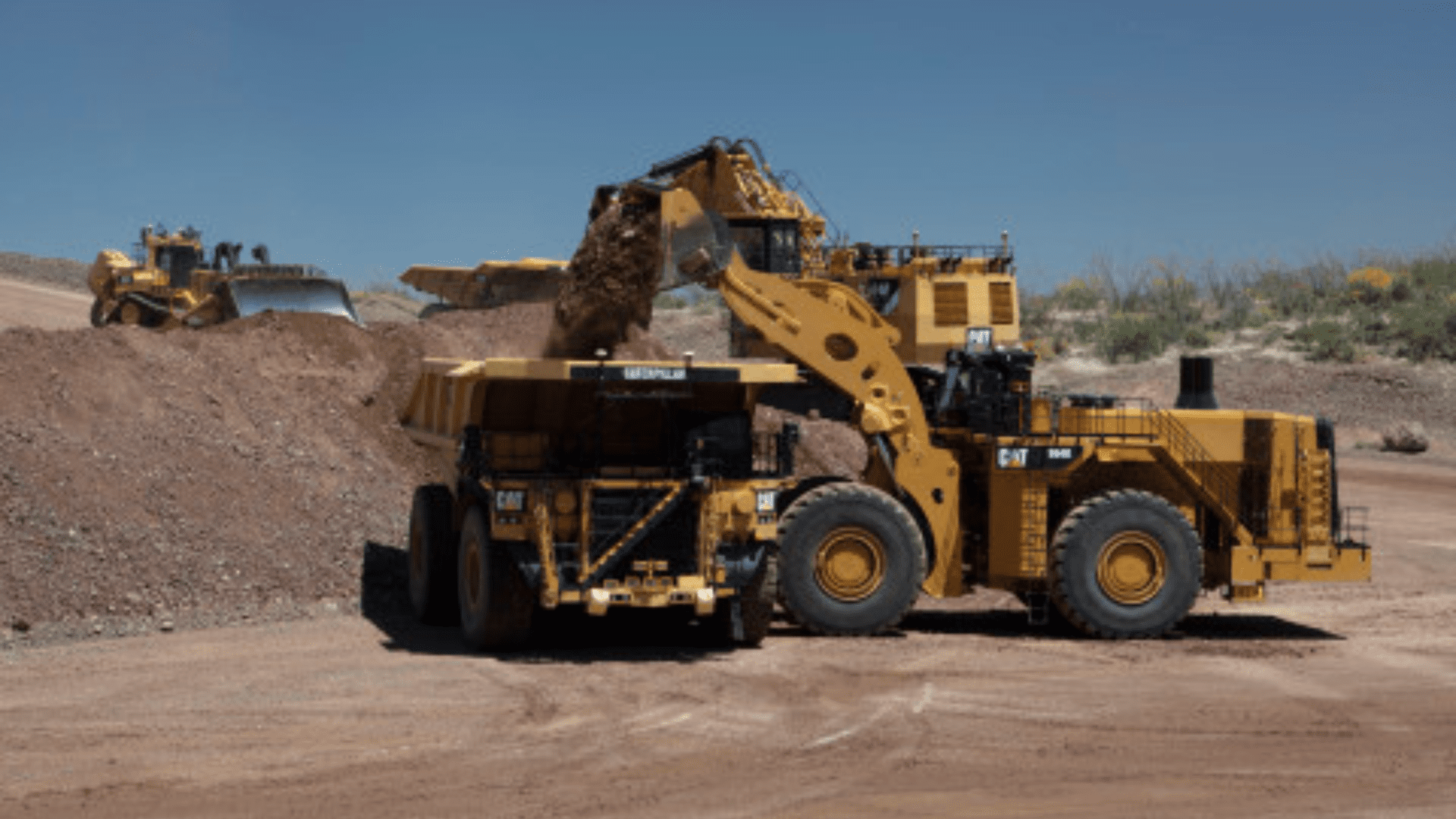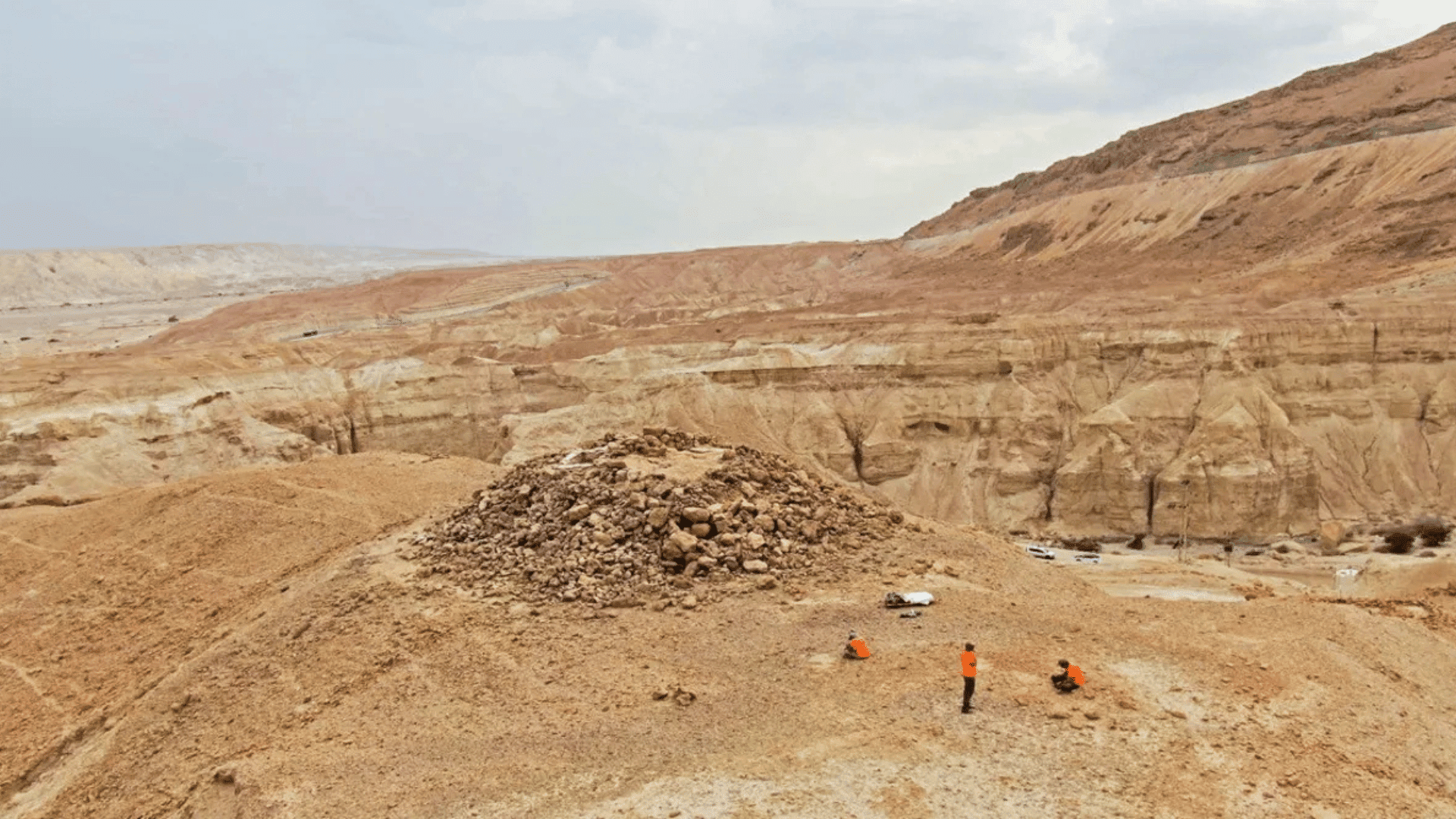In phosphate mining, The Mosaic Company virtually bridges the distance with its “Next Generation” technology. The company’s operations cover hundreds of acres and underground. With remote operations and automation, workers operate in safer conditions, equipment runtime increases and activity coordination improves. At Mosaic, they implement the latest technology in remote operation stations.
Integrated Operations Center

Mosaic focuses on two areas for its NextGen work. The Integrated Operations Center (IOC) and Automation & Process Controls. There are two goals in mind when turning to remote and automated technology in the mining field, one is safety and the other is efficiency. Having the IOC and automation, Mosaic workers can operate, monitor and manage the equipment in a safer way. Sometimes that is miles away or miles above.
Mosaic’s Chris Hagemo said, “Automation allows us to reduce repetitive, tedious tasks and those involving potentially hazardous work so our employees can invest their time and talent in safer and more engaging work.”
An example of how much technology has progressed in this field is the remote pit operations in the IOC at Mosaic’s FishHawk office. In January of 2021, Mosaic opened the IOC at the FishHawk office. From here, workers remotely control the operations at the Four Corners facility in Bradley, Florida.
Previously, pit operators would drive miles on unpaved, often muddy, roads to work in a small trailer that often moved locations with the draglines. The company says these conditions presented potential operational hazards. In addition, they impacted dragline runtimes because of the constant relocation. It’s possible that operators drive a little longer to work in the IOC but there are benefits. Now, operators drive on paved roads to work, In addition, it’s the same location at the start of every shift.
The state-of-the-art remote operation stations are adjustable based on the user’s individual preferences and ergonomic needs.
Remote Operation Stations

In addition to pit operators working in a remote operation station, the same goes for hydraulic operators. Hydraulic operators play an important role in mining for phosphate. In the image above, a hydraulic operator is controlling high-pressure water guns. These water guns are used to “slurry” the environment that crews are mining. This helps separate phosphate, sand and clay. The phosphate they mine is used in fertilizer for farms.
The IOC and its remote operation stations are innovative and data driven technology. Its main goal is to provide an efficient and safe working environment that helps the employee and the operation.
Explore Tomorrow's World from your inbox
Get the latest science, technology, and sustainability content delivered to your inbox.
I understand that by providing my email address, I agree to receive emails from Tomorrow's World Today. I understand that I may opt out of receiving such communications at any time.
How the IOC Works
The IOC is outlined in four steps, according to The Mosaic Company. Here is how the innovative, tech forward operation works during its mining operations:
1. Get Data
This is the initial phase for the IOC. During this step, systems simply pull information from databases and sensors at sites. Once there is enough information collected, that information is analyzed.
2. Analyze Data
Another straightforward step. The system analyzes the collected data and then translates it into performance indicators. This helps identify opportunities for improvement, risk factors and financial impact.
3. Liberate Data
The systems take this data, visualize it and make it into easy-to-understand dashboards and analysis.
4. Make Decisions on Data
Now that data has gone through several steps, employees can take that information and make decisions based off of it. Both employees in the IOC and on-site can use the information for data-driven decisions based on analytical insights. This helps identify ways to decrease risk, improve operational performance and increase revenue.
Tune in to the Science Channel to watch Digging For Dinner at 10 AM on Saturday, May 11!







